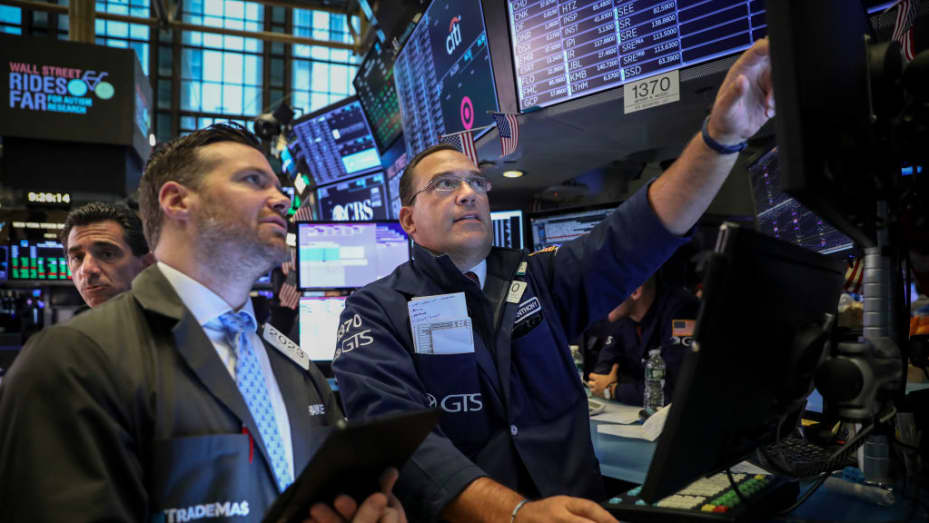Was the worst over for bonds, stocks and currencies?
In the past week or so we’ve seen the US dollar slide, bond yields quickly reverse a portion of recent losses, and stocks rise sharply.

US bond yields quickly reverse a portion of recent losses, and stocks rise sharply.
>> How will the US dollar move amid fiscal-monetary policy mix?
Is this the start of a large and sustained move, or a correction in what is still a bear trend for foreign currencies against the US dollar, global bonds and global stocks? Mr. Steve Barrow, Head of Standard Bank G10 Strategy, thinks it is more likely to be the latter.
While we do hold out the expectation that the US dollar will fall over the longer-term, bond yields will slide and stocks will rise, we are not convinced that now is the time to trade on these beliefs. For a start, it is still far too early to suggest that the Fed is done with policy tightening. For even if it does not deliver the December hike that’s implicitly part of September’s FOMC forecast, rate hikes thereafter are still possible.
Fed Chair Powell said last week that not too much should be read into the September forecast from Fed members. He said that it was a forecast made at a moment in time and things have moved on from then. He is correct.
“We should not assume there will be a rate hike in December just because the Fed implicitly forecast there would be one by year end two months ago. But this is not the same as saying that hikes have surely finished. The market might have interpreted Powell’s comments last week as somewhat dovish but we did not necessarily read it this way. Instead, we suspect that the bond market was simply pre-disposed to react in a positive way, in part because of the positive refunding announcement earlier in the week and possibly because traders and investors have been running somewhat short and hence vulnerable to a squeeze”, said Mr. Steve Barrow.
A second reason why Mr. Steve Barrow feels it is far too soon to suggest that the worst might be over for bonds, stocks and currencies (against the dollar) is the situation in the Middle East. For while volatility in energy prices has eased off after the October 7th Hamas attack on Israel, this might be only the first act in a wider conflict in the region if others, such as Hezbollah significantly steps up its attacks on Israel, for instance. As a result, he thinks that there is still considerable scope for this situation to disrupt risk assets such as stocks a good deal more, lift energy prices and bond yields again and boost the dollar.
>> What is the outlook for the US dollar/yen?
In terms of the FX market, we have to be particularly sensitive to factors that could influence countries terms of trade, such as surging energy prices. For sharp energy price rises damage the terms of trade in countries that import a high proportion of their energy needs with the UK, euro zone and Japan particularly on the hook relative to the US where the terms of trade effect from higher energy prices is negligible.
Sticking with the FX market, another reason for caution right now is that the Bank of Japan’s actions at the end of last month to ‘release’ 10-year JGBs yields from their shackles of 1% has not yielded a significant rise in the yen. Instead, dollar/yen seems stalled for now around the 150 level. It is a bit like the situation in July, when the BoJ previously tweaked its yield curve control policy to give 10-year yields scope to run up from 0.5% to 1%.
“For this move did nothing to brake the dollar’s rise against the yen and we suspect that this latest move will prove similarly feeble in effecting a currency turnaround. It is possible that dollar strength against the yen could occur at the same time as the dollar slides against other currencies, with all the pressure falling on the yen against both the dollar and other currencies. But things don’t usually work this way. The dollar normally rises or falls against other G10 currencies simultaneously; it does not go in opposite directions. Hence if dollar/yen still looks likely to rise the dollar seems set to at least hold its strength against other currencies for now, if not rise further”, said Mr. Steve Barrow.








